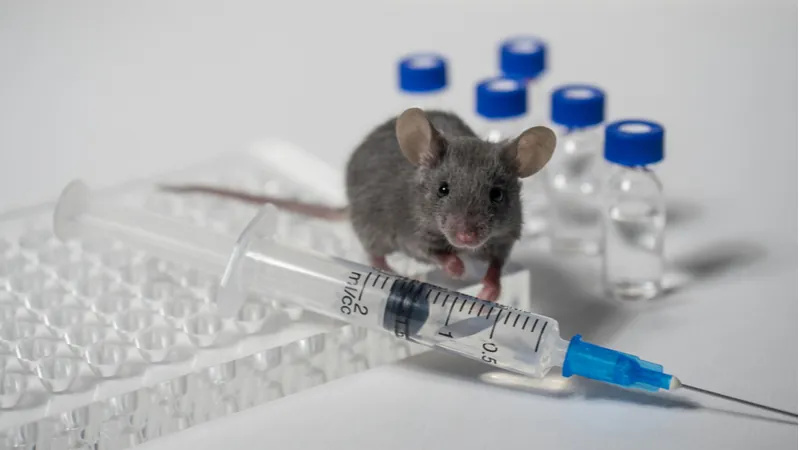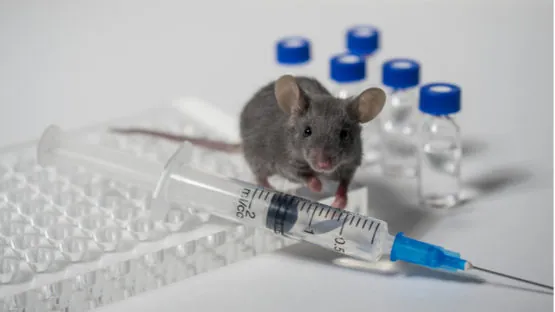A study published in Aging has shown that the sirtuin SIRT6 has positive effects on multiple hallmarks of aging in the hearts of mice.
Sirtuins
Sirtuins are a family of proteins that have been shown to have significant effects on longevity in multiple model organisms. In a previous study, the sirtuin SIRT2 was shown to have positive effects on inflammation and insulin resistance. Of course, as with many things in biology, there is also a downside; this same protein was shown to have negative effects on Alzheimer’s pathology as well.
This study focused on SIRT6, a protein that naturally declines with age in mice and has been associated with lifespan in a human study [1]. The researchers aimed to discover what occurs in mice as well as human cells that have been genetically altered to express additional SIRT6.
The cellular experiment
For their cellular testing of SIRT6 against cellular senescence, the researchers injected an adenovirus into human heart muscle cells in order to cause SIRT6 overexpression. They also injected some of these cells, as well as some cells of the control group, with doxocirubin (Dox), a harmful chemical known to cause senescence.
Cells that had been subjected to Dox but did not express additional SIRT6 suffered from significant problems related to aging. They expressed markers related to cellular senescence, such as SA-beta-gal and p16, they showed significant mitochondrial DNA lesions and shortened telomeres, and, unsurprisingly, they expressed less SIRT6 than the control group.
Cells that had been treated with SIRT6, however, showed much fewer of these symptoms when exposed to this senescence-inducing chemical. They expressed almost no p16, they suffered from far fewer mitochondrial DNA lesions, and their telomeres and SA-beta-gal levels were partially protected.
However, these results only showed the effects of cells exposed to artificially induced senescence, so a mouse model was used to better ascertain the effects of SIRT6.
The mouse experiments
The first thing the researchers did was determine the fates of mice that did not express SIRT6 at all. These SIRT6 knockout mice, compared to a wild-type control group, suffered from substantially increased aging in many ways. Even at the age of four weeks, these mice suffered even more than their naturally aged counterparts, according to such metrics as NAD+ and citrate synthase expression, telomere length, mitochondrial DNA lesions, and 8-oxo-dG, a marker of oxidative DNA damage. These results made it clear that SIRT6 is required to stop premature aging in mice.
After this experiment, another two populations of mice were established: wild-type mice and mice that had been genetically engineered to overexpress SIRT6.
Cardiac hypertrophy (an enlarged heart) is a telltale sign of aging in mice. Two-year-old wild-type mice have substantially larger hearts than their youthful counterparts; however, in SIRT6-overexpressing mice, this effect was substantially reduced, as measured both structurally and biologically. The SIRT6 mice also enjoyed less cardiac fibrosis and increased NAD+ and citrate synthase, and they expressed less 8-oxo-dG. They had fewer mitochondrial DNA lesions, and their telomeres were longer.
While these markers did not quite match those of youthful wild-type mice, the overexpression of SIRT6 showed a substantial effect, and it is not an exaggeration to say that the hearts of SIRT6-overexpressing mice simply aged slower than those of their wild-type counterparts in at least four ways: genomic instability, cellular senescence, mitochondrial dysfunction, and telomere attrition.

Read More
Abstract
Sirtuins have been shown to regulate the aging process. We have previously demonstrated that Sirt6 blocks the pressure overload-induced cardiac hypertrophy in mice. Here, we show that Sirt6 can also mitigate aging-induced cardiomyocyte senescence and cardiac hypertrophy. We found that aging is associated with altered Sirt6 activity along with development of cardiac hypertrophy and fibrosis. Compared to young mice (4-months), the hearts of aged mice (24-months) showed increased levels of mitochondrial DNA damage, shortened telomere length, and increased accumulation of 8-oxo-dG adducts, which are hallmarks of aging. The aged hearts also showed reduced levels of NAD+ and altered levels of mitochondrial fusion-fission proteins. Similar characteristics were observed in the hearts of Sirt6 deficient mice. Additionally, we found that doxorubicin (Dox) induced cardiomyocyte senescence, as measured by expression of p16INK4a, p53, and ß-galactosidase, was associated with loss of Sirt6. However, Sirt6 overexpression protected cardiomyocytes from developing Dox-induced senescence. Further, compared to wild-type mice, the hearts of Sirt6.Tg mice showed reduced expression of aging markers, and the development of aging-associated cardiac hypertrophy and fibrosis. Our data suggest that Sirt6 is a critical anti-aging molecule that regulates various cellular processes associated with aging and protects the heart from developing aging-induced cardiac hypertrophy and fibrosis.
Conclusion
Given its strongly positive effects and apparent lack of downside, it is reasonable to conjecture that altering human cells, or human beings, to express additional SIRT6 may be a method of partially protecting against multiple aspects of human aging. However, considerable safety and efficacy research must be carried out before this approach could be brought to the clinic, including a carefully detailed examination of potential side effects. Still, if this approach is developed further, a therapy based on SIRT6 overexpression may substantially increase our lifespan and resilience against age-related diseases.
Literature
[1] TenNapel, M. J., Lynch, C. F., Burns, T. L., Wallace, R., Smith, B. J., Button, A., & Domann, F. E. (2014). SIRT6 minor allele genotype is associated with> 5-year decrease in lifespan in an aged cohort. PLoS One, 9(12), e115616.





